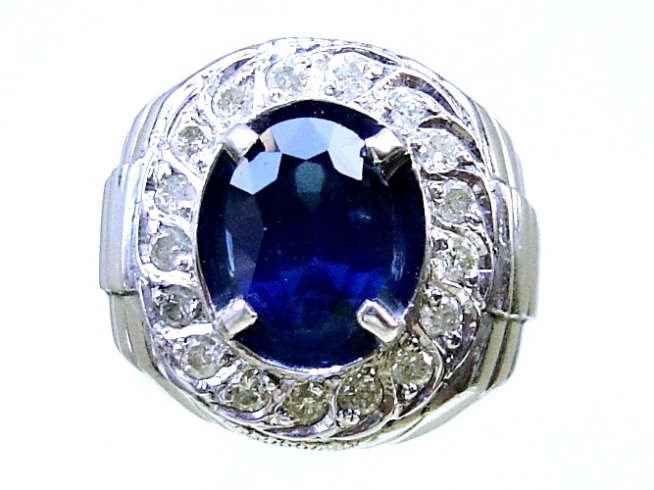Zircon
Zircon is an important jewelry stone, but is not well known by the general public. In fact many people who are aware of zircon confuse it with the diamond simulant cubic zironia. They are of course completely different. Cubic zirconia is a lab-created material while zircon is a natural mineral with a very different chemical composition. Zircon can be found in a number of locations in Asia, especially Cambodia, Vietnam, Thailand, Burma and Sri Lanka. African sources are becoming more important, with zircon found in Tanzania, Madagascar, Mozambique and Nigeria.
Zircon is a mineral belonging to the group of nesosilicates. Its chemical name is zirconium silicate. The group includes the various garnets, peridot, topaz, andalusite, kyanite, tanzanite, the various beryls, tourmaline and quartz. Zircon is a zirconium silicate, and is the main source of the element zirconium, a lustrous white-gray metal resembling titanium.
Zircon is known as a colorless stone used to imitate diamonds, but also comes in: blue, yellow, orange, red, brown and green. The orange variety of zircon is called jacinth. Zircon has been around in jewelry for hundreds of years. It is known for its high dispersion and for many years was used to imitate diamonds.
Brown Zicon is usually heat treated to change them to colorless or blue Zircon. Blue stones that revert to brown will regain the blue if reheated. Blue Zircon reheated in the presence of oxygen will change to a golden yellow.
Zircon supposedly helps one be more at peace with oneself. Zircon is believed to provide the wearer with wisdom, honor and riches. The lost of luster on a Zircon stone is said to warn of danger. Jacinth helps rising one’s self-esteem. Moreover, Zircon relieves pain. It is said to whet one’s appetite. Zircon also prevents nightmares and ensures a deep tranquil sleep.
www.indonesiajewelry.com









